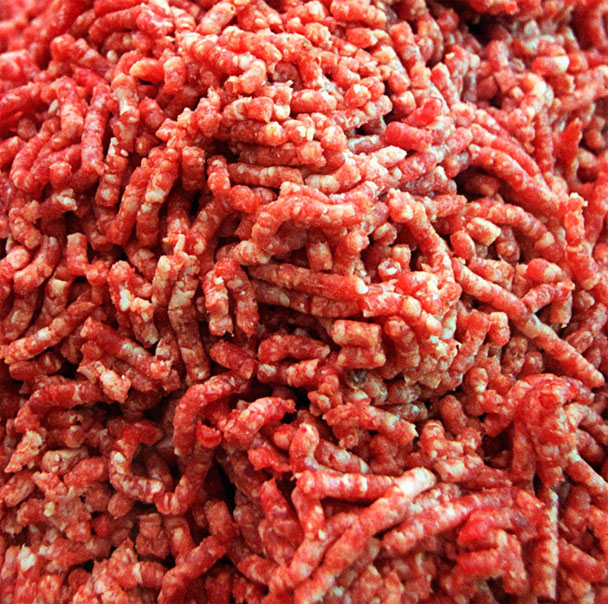
When you walk into a newsstand and find yourself surrounded by the big, juicy burgers gracing the covers of practically every food magazine, you know Memorial Day and Father’s Day are right around the corner. Burgers are so insanely popular these days that they could be topping Mom and apple pie as iconic symbols of America.
But talking beef also brings up some unsavory topics, such as harmful pathogens that may be lurking in the meat. Too many magazines, Web sites, and books gloss over the topic. OK, you may be tired of scare stories concerning the foods you love, but I don’t know anyone who relishes a night spent hugging the toilet bowl, or even worse, a hospital bed. So here are the eight essential tips you need to know before you fire up your grill.
1. USE AN INSTANT–READ THERMOMETER
The only way to tell if your burger has reached a safe temperature is to use an instant–read thermometer. Go for the digital ones: They are best at getting readings in burgers and small pieces of meat, because the sensors are in the bottom half inch of the stems. (Avoid the dial style—their sensors are about two inches up the stem.) When shopping, look for a thermometer that can be recalibrated. By the way, an instant–read thermometer makes a great Father’s Day gift. When Dad’s special day rolls around next month, treat him to the gift that keeps on giving throughout the year.
2. THE MAGIC NUMBER IS 160°F
That’s the internal temperature your burgers need to reach in order to be safe to eat. The days of the medium–rare hamburger have been over since the 1993 discovery of a super–dangerous strain of E. coli, 0157:H7, which sickened many and killed four after an outbreak at Jack in the Box restaurants. E. coli isn’t the only nasty pathogen; there are plenty of others, and likely new ones we don’t yet know about. If you are serving anyone who is or might be pregnant, someone with a compromised immune system, or the elderly, it’s essential you cook your burgers properly—that means until the meat registers 160°F on an instant–read thermometer inserted horizontally so the tip reaches the middle of the patty. No ifs, ands, or buts.
3. CUT AND PEEK WON’T CUT IT WITH BURGERS
The USDA considers a 160°F beef burger to be cooked to “medium.” But what does medium look like in a burger? Logically, medium is the halfway point between raw and well done, and pink is halfway between the red of raw meat and the brown of cooked–through, so why wouldn’t you expect a medium burger to be pink in the middle? At 160°F, however, you might find a few with perfect pink centers, but you’re much more likely to find them brown all the way through.Here’s where it gets even more interesting: According to USDA research, one in every four burgers turns brown before it reaches 160°F. The upshot is, you can’t judge burger doneness by its color. Again, you need a thermometer.
4. KEEP THAT THERMOMETER CLEAN
Picture this: You’ve just tested your burger and it isn’t at 160°F yet. Don’t stick that same thermometer into your burger a few minutes later without cleaning it first; otherwise, you’re just dragging uncooked juices back into the burger. I use an alcohol swab to wipe clean my thermometer.
5. TONGS: TWO ARE BETTER THAN ONE
Cross–contamination is something to watch out for with tongs, as well. When you first place your burgers on the grill, your tongs are in contact with raw meat. Once the outside is pretty well cooked, though, make sure you clean your tongs before getting near those burgers again. Better yet, invest in two pairs and color–code them so that you know which set to use when.The same is true of platters. Don’t put your cooked burger on the same tray you used to bring the raw ones out to the grill. Make a habit of carrying out two trays: one for the raw meat and another for the finished product. That way, when the pressure is on and the burgers are ready to come off the grill, you’ve got a clean place to land them, right at your fingertips.



 Pinterest
Pinterest


